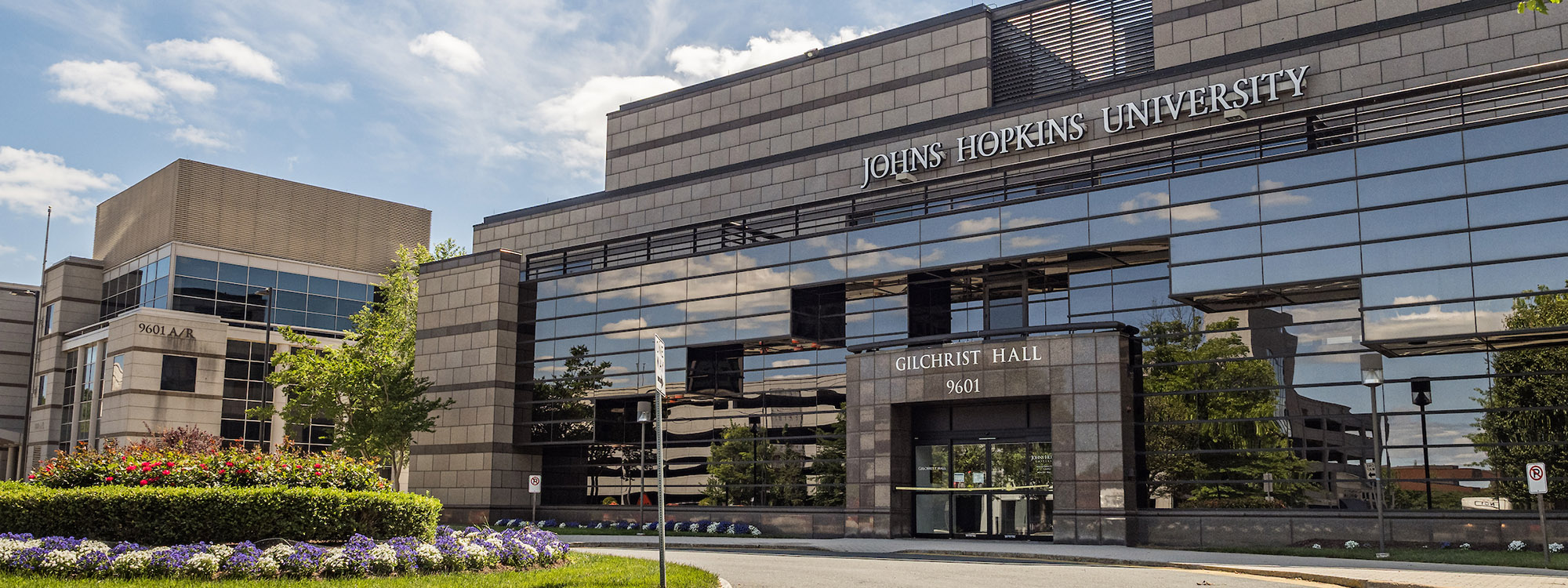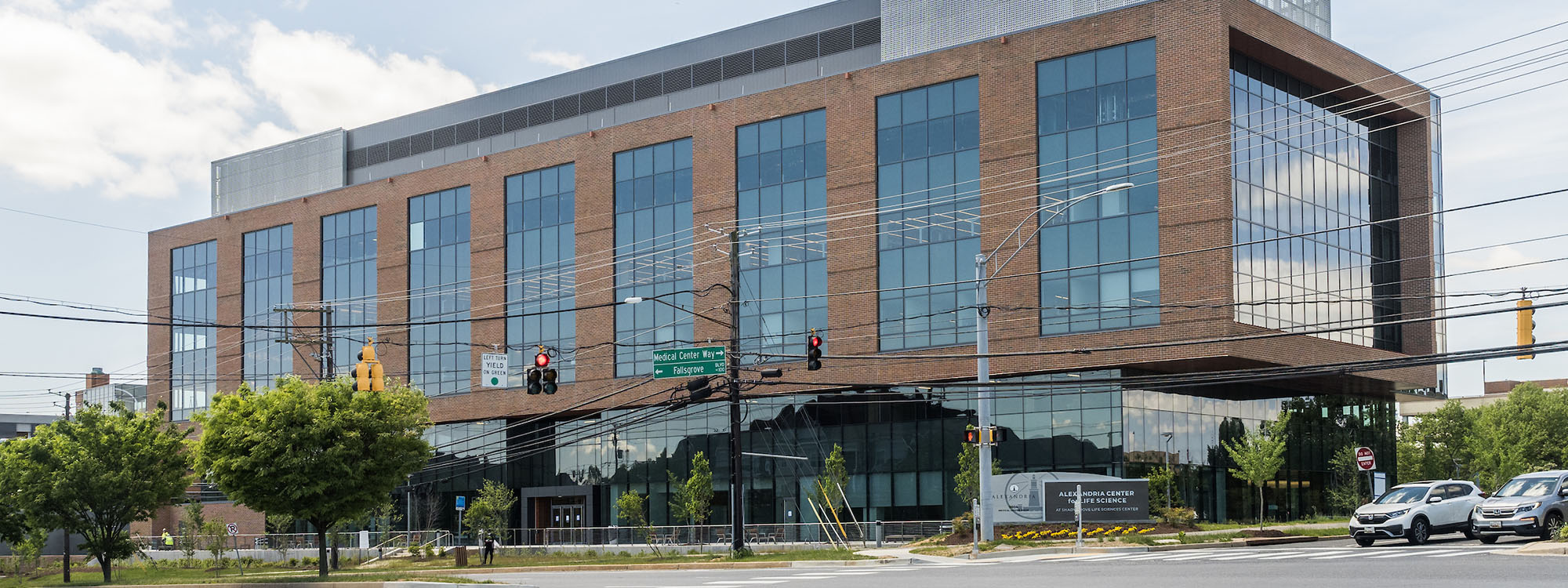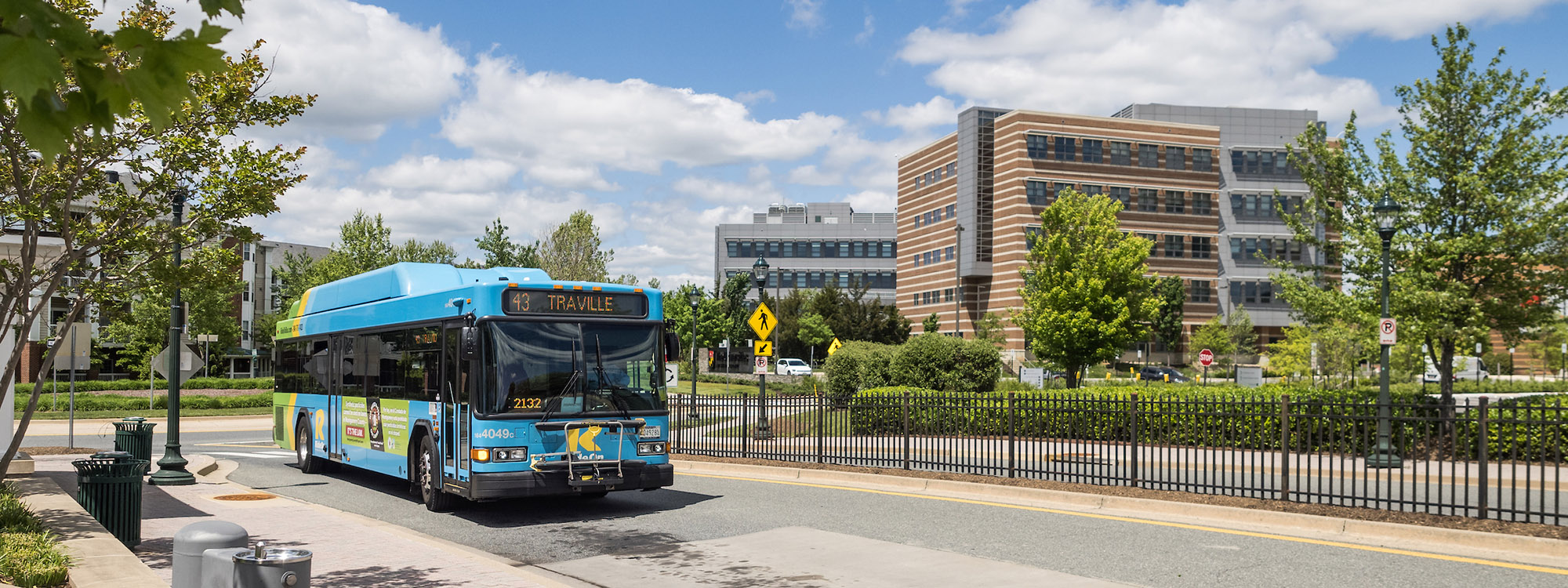Supporting the Life Sciences industry in Montgomery County
Montgomery Planning has supported the growth of the life sciences industry in Montgomery County for decades and continues to plan for new development. We’re already home to the Universities at Shady Grove, the National Institutes of Health, the National Cancer Institute, and the U.S. Food and Drug Administration. In addition to creating new investment and jobs, this industry growth also raises Montgomery County’s profile as a great place to live.
Our work in this area began with the 1985 Gaithersburg Vicinity Master Plan, which envisioned a hub for research and development, particularly medical and biotechnology uses. Reaffirmed decades later in the 2010 Great Seneca Science Corridor Master Plan, the established vision has been realized: the county is today home to more than 13,000 life sciences industry jobs, more than 8,000 of which are in the Life Sciences Center and its vicinity alone.
Looking ahead, Montgomery Planning initiated changes in 2020 to enable and better expediate new development in the Life Sciences Center, and we’re currently working with the community on how best to enable a thriving, dynamic place for residents, workers, and business owners and plan accordingly.
Growing the life sciences industry
Home to federal agencies focused on life sciences, Montgomery County has long been a hub for private-sector life sciences, related higher education institutions, and others seeking the benefits of such proximity—as well as the benefits of living and otherwise working here.
Even as the county experienced slow job growth in many sectors over recent years, the life sciences industry grew more than 30 percent between 2010 and 2018, when approximately 10,500 people in Montgomery County were employed in private-sector life sciences work alone. The industry has continued to grow over the last few years, with over 13,000 people in the county now employed in private-sector life sciences work.
The Life Sciences Center has also emerged as the most important hub for the life sciences industry in the county in its own right, today containing more than 8,000 private-sector life sciences workers. In fact, the number of private-sector life sciences workers in the Life Sciences Center and adjacent areas has doubled since 2010.
Planning for the future of life sciences in Montgomery County
Our master planning processes have provided recommendations for the county to better enable new life sciences development, adapt with the times, and prioritize community needs. To that end, Montgomery Planning has most recently created new regulatory processes specifically for life sciences projects, to streamline needed approvals and better respond to market demands. These have included rescinding the traffic analyses requirement for life sciences uses, creating biohealth priority campuses, and implementing a speed-to-market initiative.
Because the Life Sciences Center (LSC), the National Institute of Standards and Technology (NIST), and other biohealth establishments are located within the Great Seneca Science Corridor Master Plan area, that plan governs much of the industry’s physical development and economic growth. Most recently updated via amendment in 2022 it offers recommendations for enabling a thriving, dynamic community for residents, workers, and business owners, as well as for helping the Life Sciences Center to evolve from individual campuses to a thoughtful collection of buildings, streetscapes, and open spaces. These efforts will establish a cohesive whole and create a sense of place, despite the physically noncontiguous plan area.
Streamlining the development process
In the wake of the COVID-19 pandemic, too many small businesses suffered losses, and Montgomery County identified the need to ease regulatory burdens to enable more unfettered economic development countywide—especially for development projects that benefit our entire community, like biohealth industries. The Speed-to-Market Initiative streamlines the approval process for development projects by consolidating the processes of planning and land-use approvals.
It may seem like a small procedural change, but it’s one that will make a difference by immediately creating more opportunities for businesses looking to make Montgomery County home—as well as in moving the county forward with expedited changes that benefit all our residents.
Connecting life and science
The life sciences industry is a critical component of our county’s economic health, and we must remain competitive in retaining and attracting both businesses and employees—in this and other industries. Creating and preserving housing options is an especially integral part of that, which is why the county is planning to deliver a range of housing types priced for a range of incomes; improve transportation connections for transit, walking, biking, and rolling; and maintain the high quality of life for which the county is known.
Several recent and ongoing planning initiatives, including Thrive Montgomery 2050 and the Great Seneca Plan: Connecting Life and Science, plan in particular for specific local housing, connections, and amenities needed to retain current life sciences employers in Montgomery County and attract new ones. The Great Seneca Science Corridor Master Plan also explores additional ways to create opportunities for housing—as well as commerce, jobs, and placemaking activities—around transit hubs.
Additional Studies
New! Montgomery County Life Sciences Real Estate and Land Use Compatibility Study – Montgomery County’s life sciences hubs—and especially the Life Sciences Center—are mostly single-use and low-density districts. However, they have an opportunity to transition from single-use, low-density employment districts to vibrant, mixed-use districts where people live, work, and play. Making this transition is essential to ease the county’s housing crisis and to ensure that Montgomery County’s life sciences industry remains globally competitive.
Econsult Solutions prepared this report to detail the specific needs of life science real estate and development and suggest what Montgomery County can do to make it more compatible with other uses and to make the life sciences sector more globally competitive.
To encourage the life sciences districts to become more walkable, vibrant, and mixed-use, the study recommends that the county do the following:
- Expand and create new development practices and standards to encourage the creation of intensive, mixed-use life sciences districts.
- Create new financial tools, such as value capture, to support development and investments in the public realm.
- Focus place-based investments in and around life sciences clusters, possibly through the creation of a place-management organization.
- Grow an entrepreneurial ecosystem.



